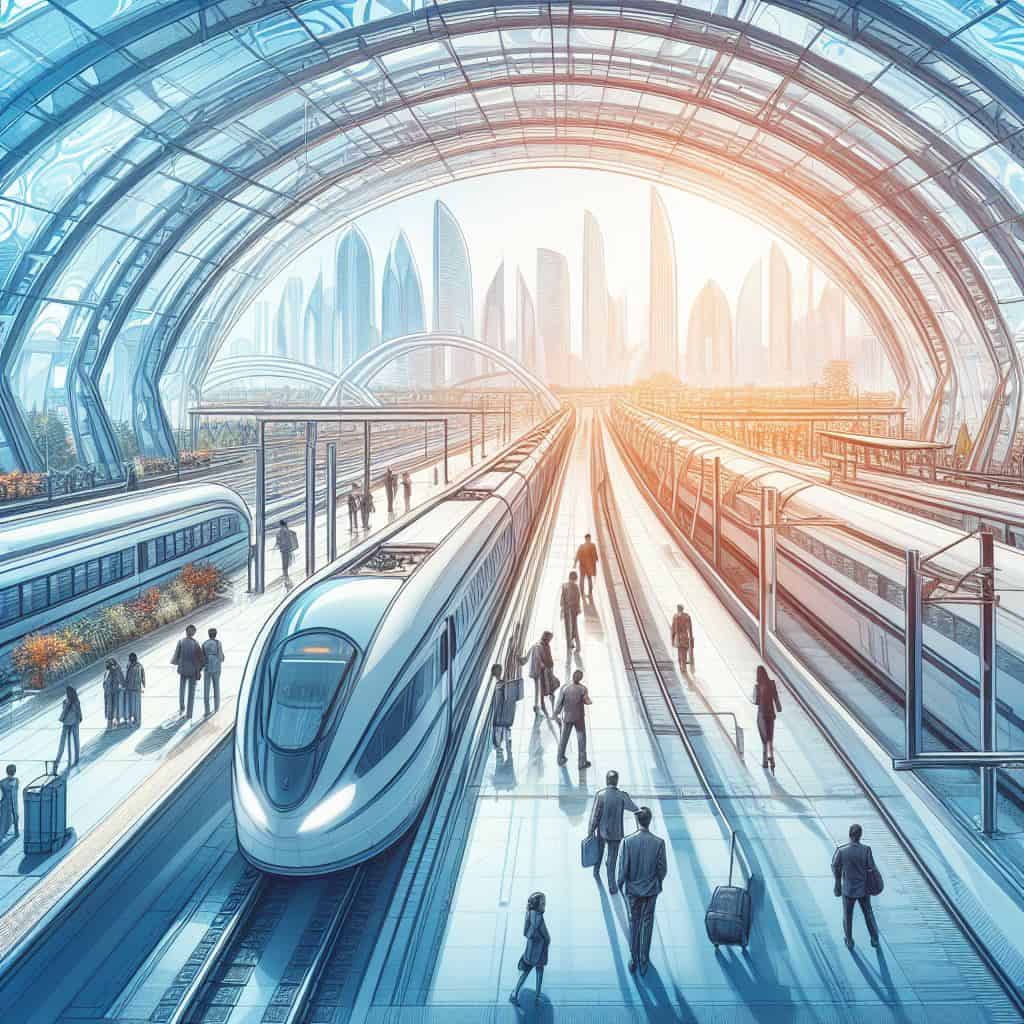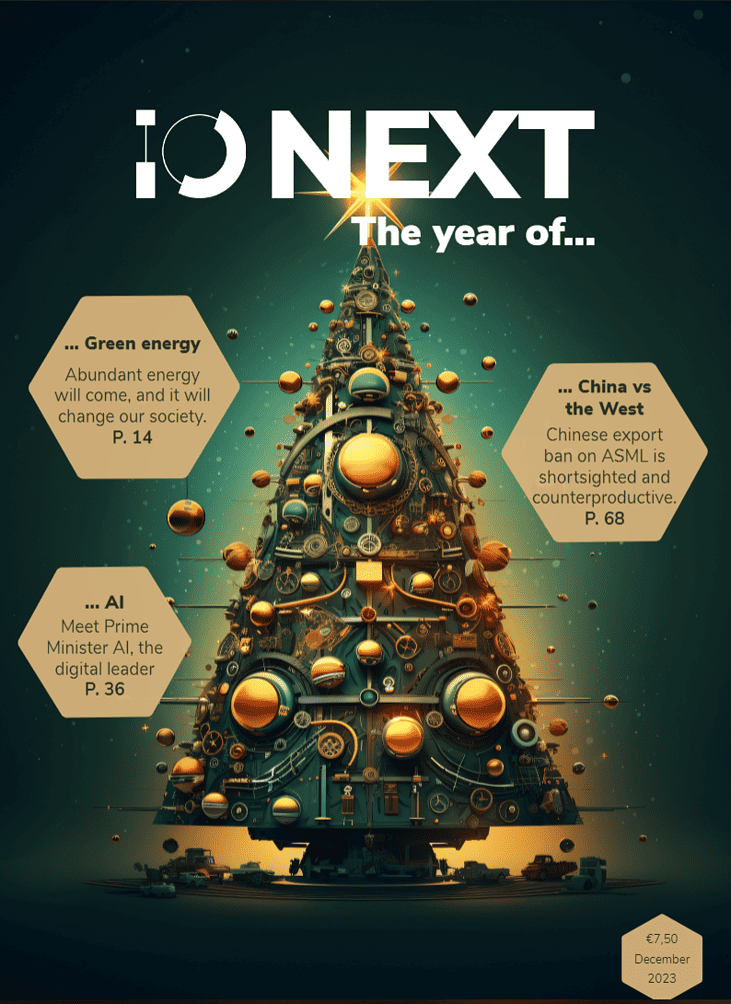
The European Union is striving to promote rail as a sustainable, safe solution for mobility, envisioning a unified European railway area to facilitate expansion, technical harmonisation and market liberalisation. Ambitious strategies include doubling high-speed rail by 2030, and establishing nine core transport corridors across the EU. However, the journey ahead is not without challenges – regulatory hurdles and the time-consuming nature of infrastructure upgrades pose significant obstacles.
- Technical harmonization seeks standardization for seamless cross-border travel, facing challenges of cost, resistance, and diverse national systems.
- Infrastructure investments drive ambitious goals, but slow development and funding challenges require careful political navigation.
- Immediate solutions focus on regulatory reforms and encouraging innovation, yet face complexities and resistance from incumbent operators.
Liberalisation: Paving the way for a competitive rail market
In an era where climate change dominates policy agendas, the EU’s push towards a more sustainable means of transport is evident in its commitment to revolutionise its rail network. Liberalisation lies at the heart of this transformation. By opening the rail market to competition, the EU aims to break the traditional monopolies held by national rail companies. This shift is expected to spur innovation, reduce fares, and improve service quality.
However, liberalisation is a double-edged sword. While it promises a more dynamic market, it also introduces complex regulatory challenges. Private operators like FlixTrain and Arriva are eager to expand their services across borders but often encounter restrictive national regulations. The Dutch government’s plan to award the mainline concession to Netherlands Railways (NS) exemplifies the kind of protectionism that can stifle competition. To foster a truly liberalised market, the EU will need to ensure a level playing field where new entrants can compete fairly with established players.
This is an article from IO Next: The Year Of… For the last magazine of this year, we selected the articles that stuck with us the most, whether it was an impressive interview, an important story or just something funny.

Why Laio selected this story for the magazine:
The article was the most read during the third week of November 2023, signaling its significance and the public’s keen interest in the transformative changes sweeping across Europe’s railway sector. Europe’s shift towards more sustainable and efficient modes of transport is not just a matter of environmental urgency; it is a tangible response to the climate crisis that aligns with the EU’s ambitious green targets. Understanding the specific policies, such as regulatory reforms and the push for technical harmonisation, provides our readers with insights into how these large-scale projects are being managed and the hurdles they encounter.
Technical harmonisation: The key to a seamless rail network
Technical harmonisation is another cornerstone of the EU’s rail strategy. The aim is to standardise the rail system across member states, making cross-border travel as smooth as domestic journeys. The European Rail Traffic Management System (ERTMS) is set to play a pivotal role in this endeavour, enabling interoperability and increasing network capacity.
Yet, technical harmonisation is not without its detractors. The cost of upgrading infrastructure and rolling stock to meet EU standards is substantial. Incumbent operators, often with strong political ties, may resist changes that could erode their market dominance. Furthermore, the sheer diversity of existing national systems makes harmonisation a Herculean task. Despite these hurdles, the long-term benefits of a harmonised rail network – increased efficiency, safety, and a boost to the European economy – are too significant to ignore.
Infrastructure investments: The foundation of rail expansion
The EU’s vision for its rail network is grand, with plans to double high-speed rail by 2030 and create nine core transport corridors. These ambitious goals are underpinned by substantial infrastructure investments. Projects like the Brenner Base Tunnel and the expansion of high-speed rail lines are expected to transform the European transport landscape, enhancing connectivity and reducing travel times.

However, infrastructure development is notoriously slow and expensive. The €550 billion investment needed to triple the existing high-speed rail network by 2050 underscores the financial magnitude of these projects. Coordination between member states and securing funding are monumental tasks, further complicated by varying national interests and economic priorities. The EU must navigate these political waters carefully to maintain momentum and deliver on its infrastructure promises.
Immediate solutions and the future of EU rail transport
While long-term infrastructure projects are crucial, the EU also recognises the need for short-term solutions. Regulatory reforms, such as the proposal for a Regulation on the use of railway infrastructure capacity, aim to improve capacity management and enable more efficient use of existing networks. In the face of these reforms, rail operators are urged to innovate, drawing inspiration from the rise of low-cost airlines. By adopting similar business models, rail companies can offer competitive, no-frills services that appeal to budget-conscious travellers.
Yet, these initiatives are not without challenges. The regulatory environment remains complex, and the incumbent operators’ resistance to change is often strong. Moreover, the lack of economic incentives for private investment in rail infrastructure and services hampers the pace of innovation[. The EU must address these issues, perhaps by offering subsidies or tax incentives to encourage investment in the rail sector. Only with a supportive regulatory framework and economic incentives can the EU hope to realise its vision for a competitive and sustainable rail network.

